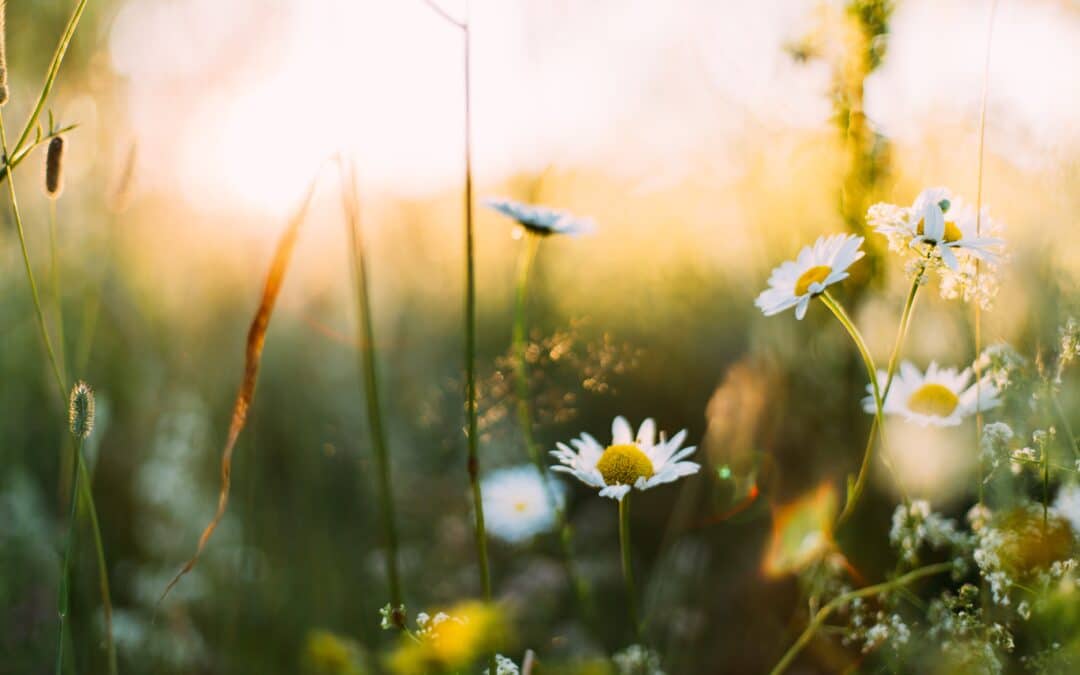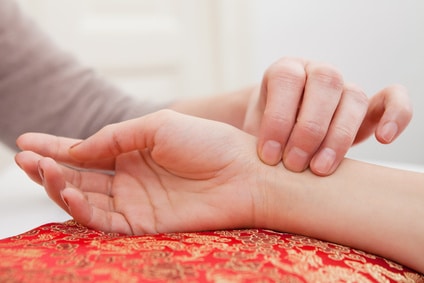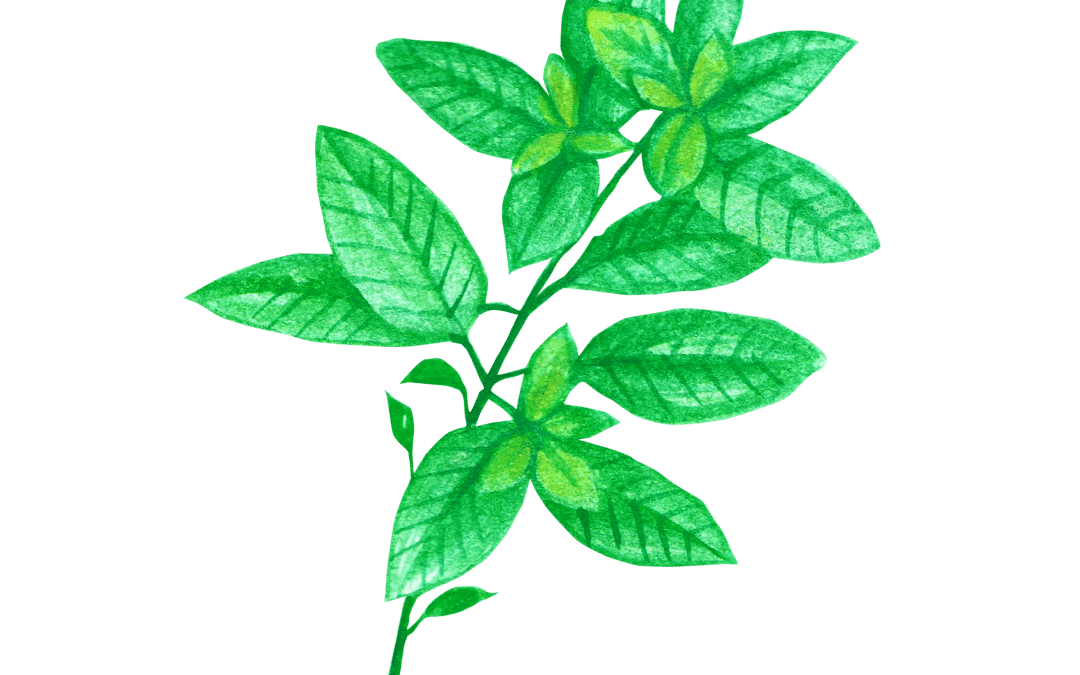Stress doesn’t just weigh heavily on our minds—it can also take a toll on male fertility and sexual health. Research indicates that stressed-out men are more likely to have lower sperm concentrations and sperm with abnormal shapes or impaired motility. In today’s...






